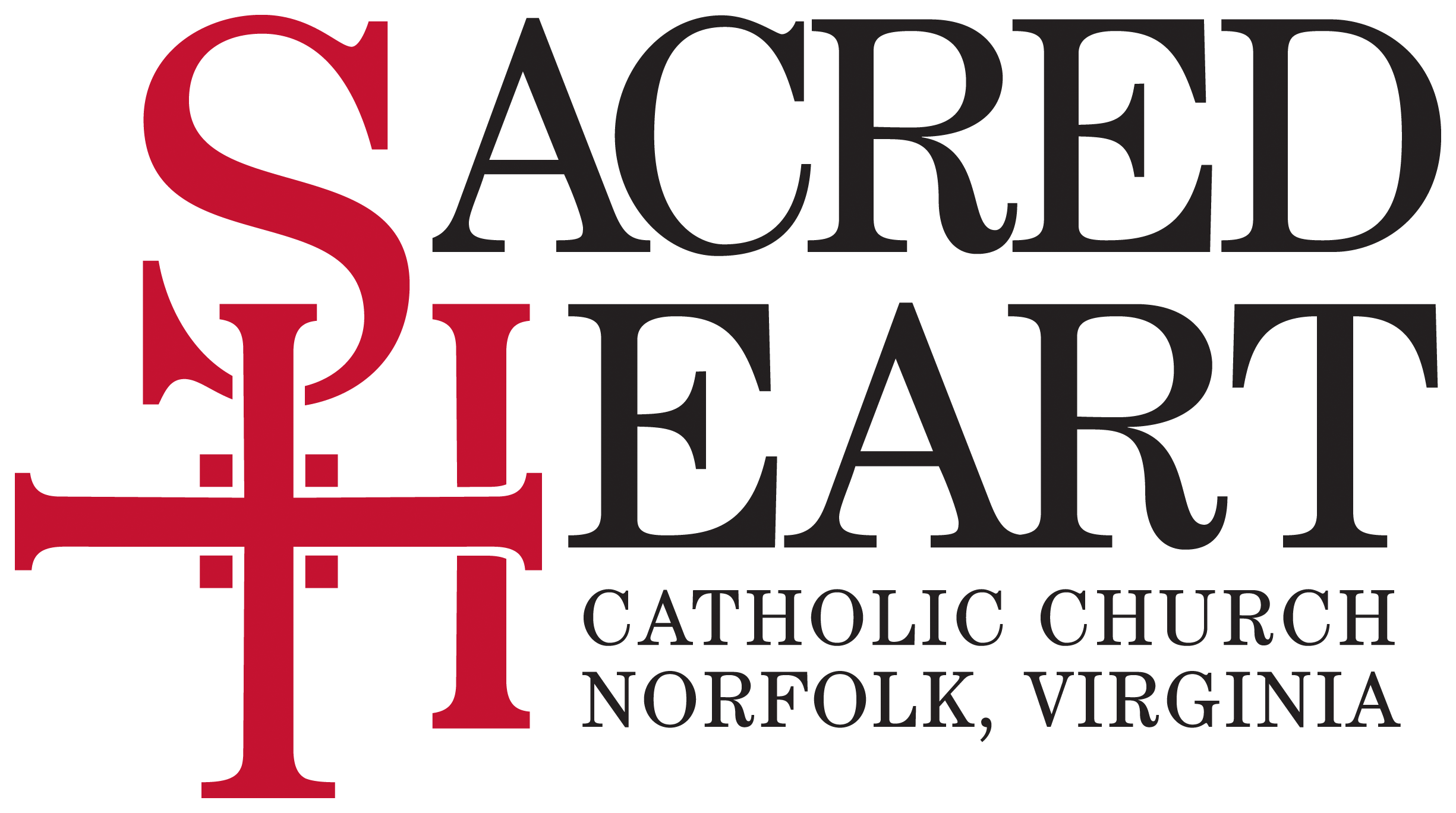Prelude: Pastoral
Milhaud was born in Marseille, the son of Sophie (Allatini) and Gabriel Milhaud. His father was from a Jewish family from Aix-en-Provence, and his mother was from a Sephardi Jewish family from Italy. Milhaud began as a violinist, later turning to composition. Milhaud studied in Paris at the Paris Conservatory where he met his fellow group members Arthur Honegger and Germaine Tailleferre. Here is a link to her Ballade for Piano and Orchestra (1920) https://youtu.be/RHzz5g-7-Jw
He studied composition under Charles Widor and harmony and counterpoint with André Gedalge. He also studied privately with Vincent d’Indy. From 1917 to 1919, he served as secretary to Paul Claudel, the eminent poet and dramatist who was then the French ambassador to Brazil, and with whom Milhaud collaborated for many years, setting music for many of Claudel’s poems and plays. While in Brazil, they collaborated on a ballet, L’Homme et son désir.
On his return to France, Milhaud composed works influenced by the Brazilian popular music he had heard, including compositions of Brazilian pianist and composer Ernesto Nazareth. Le bœuf sur le toit includes melodies by Nazareth and other popular Brazilian composers of the time, and evokes the sounds of Carnaval. Among the melodies is, in fact, a Carnaval tune by the name of “The Bull on the Roof” (in Portuguese, which he translated to French ‘Le boeuf sur le toit’, known in English as ‘The Ox on the Roof’). He also produced Saudades do Brasil, a suite of twelve dances evoking twelve neighborhoods in Rio. Shortly after the original piano version appeared, he orchestrated the suite.
On a trip to the United States in 1922, Darius Milhaud heard “authentic” jazz for the first time, on the streets of Harlem, which left a great impact on his musical outlook. The following year, he completed his composition La création du monde (The Creation of the World), using ideas and idioms from jazz, cast as a ballet in six continuous dance scenes. In 1925, Milhaud married his cousin, Madeleine (1902–2008), an actress and reciter. In 1930 she gave birth to a son, the painter and sculptor Daniel Milhaud, who was the couple’s only child. The invasion of France by Nazi Germany forced the Milhauds to leave France in 1940 and emigrate to the United States his Jewish background made it impossible for Milhaud to return to his native country until after its liberation. He secured a teaching post at Mills College in Oakland, California, where he composed the opera Bolivar (1943) and collaborated with Henri Temianka and the Paganini Quartet. In an extraordinary concert there in 1949, the Budapest Quartet performed the composer’s 14th String Quartet, followed by the Paganini Quartet’s performance of his 15th; and then both ensembles played the two pieces together as an octet. The following year, these same pieces were performed at the Aspen Music Festival in Colorado, by the Paganini and Juilliard String Quartets.
The jazz pianist Dave Brubeck became one of Milhaud’s most famous students when Brubeck furthered his music studies at Mills College in the late 1940s. In a February 2010 interview with JazzWax, Brubeck said he attended Mills, a women’s college (men were allowed in graduate programs), specifically to study with Milhaud, saying, “Milhaud was an enormously gifted classical composer and teacher who loved jazz and incorporated it into his work. My older brother Howard was his assistant and had taken all of his classes.” Brubeck named his first son Darius. Milhaud’s former students also include popular songwriter Burt Bacharach. Milhaud told Bacharach, “Don’t be afraid of writing something people can remember and whistle. Don’t ever feel discomfited by a melody.” From 1947 to 1971, he taught alternate years at Mills and the Paris Conservatoire, until poor health, which caused him to use a wheelchair during his later years (beginning in the 1930s), compelled him to retire. He also taught on the faculty of the Aspen Music Festival and School. He died in Geneva at the age of 81, and he was buried in the Saint-Pierre Cemetery in Aix-en-Provence. Here is a link to the Bull on the Roof: https://youtu.be/Bv9ii_uc2Rc He was a member of Les Six and they met at a Bar/Dive called The Bull on the Roof. “The Six” was a group of early 20th-century French composers whose music represents a strong reaction against the heavy German Romanticism of Richard Wagner and Richard Strauss, as well as against the chromaticism and lush orchestration of Claude Debussy. Les Six were Darius Milhaud, Francis Poulenc, Arthur Honegger, Georges Auric, Louis Durey, and Germaine Tailleferre. The French critic Henri Collet originated the label Les Six in his article “The Russian Five, the French Six, and M. Erik Satie” (Comoedia, January 1920). Collet wished to draw a parallel between the well-known, highly nationalistic, late 19th-century Russian composers called The Five (Nikolay Rimsky-Korsakov, Modest Mussorgsky, Aleksandr Borodin, Mily Balakirev, and César Cui) and Les Six, who drew much of their inspiration from the music of Erik Satie and the poetry of Jean Cocteau.
Ave Regina Caelorum This anthem is sung from after Purification (February 2 or Candlemas) until Easter Vigil. Its earliest appearance was in the 12th century, although some also attribute this text to Hermannus Contractus.
Ave regina caelorum, ave domina angelorum: salve radix, salve porta, ex qua mundo lux est orta: Gaude Virgo, gloriosa, super omnes speciosa, vale o valde decora, et pro nobis Christum exora.
Hail, queen of heaven, hail lady of the angels. Hail, root, hail the door through which the Light of the world is risen. Rejoice, glorious Virgin, beautiful above all. Hail, O very fair one, and plead for us to Christ.
